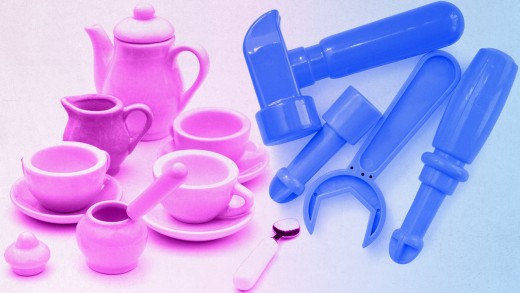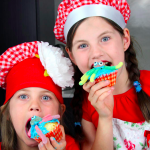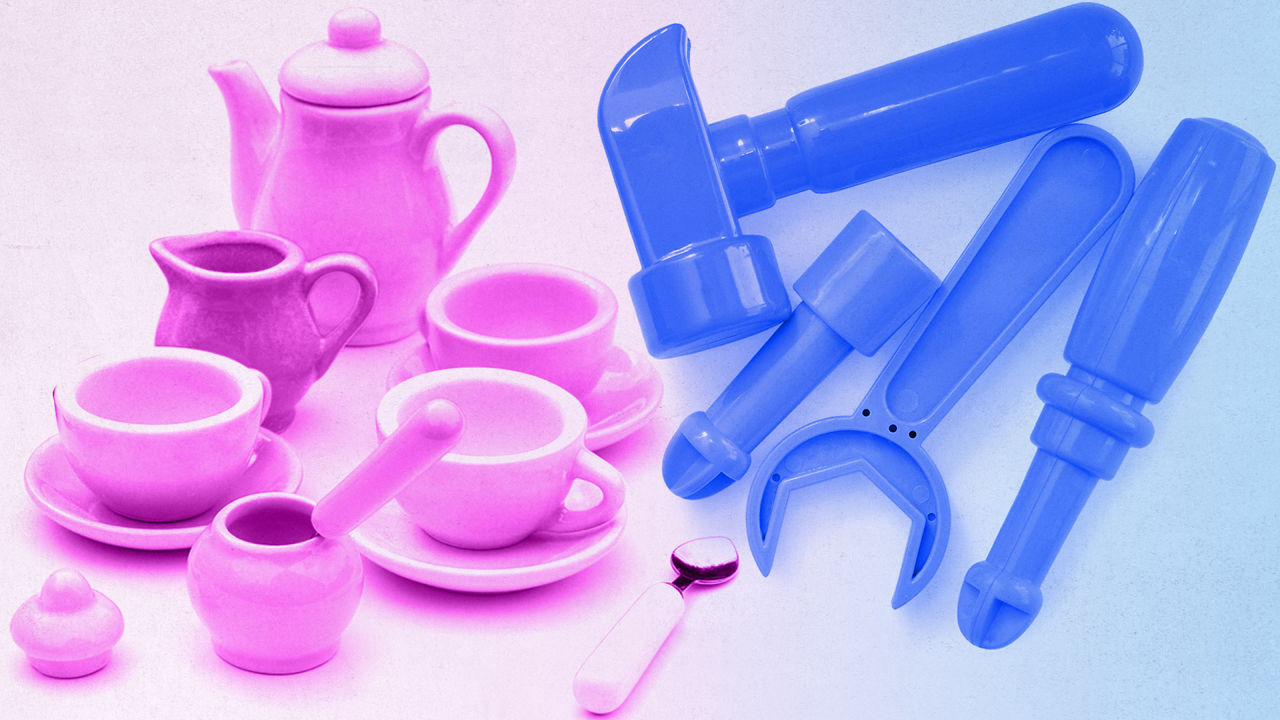The Case For Letting kids Design their own Play
Giving children much less leaves room for them to contribute extra, writes Rhode Island college of Design’s Cas Holman.
July 13, 2015
when I describe Rigamajig as a “huge-scale, open-ended building toy” individuals say to me “boys should love that.” I’m compelled to add “ladies do too.”
For higher or worse, merchandise and the designed world are used as instruments for self-resolution. In childhood, toys grow to be part of a playful strategy of becoming ones’ self. kid psychologists have identified for many years that via play, children analyze empathy, “try on” identities, and experiment with their situation in the world. essentially, in childhood we play our approach thru discovering who we are. unfortunately for children nowadays, the designed world doesn’t leave much room for them to explore. Most toys come with pre-defined identities and stories, which rob kids of the enjoyment of imagining these items. there may be also a dearth of open-ended toys, or toys without instructions and proper and mistaken answers. This leaves few alternatives to figure out how to use a toy, experiment, fail, and invent the story of the place it got here from, and why it does what it does.
Imagining, figuring out, and turning into who we’re is a course of knowledgeable through play, and each toy corporations and designers are taking all the exploration out of it.
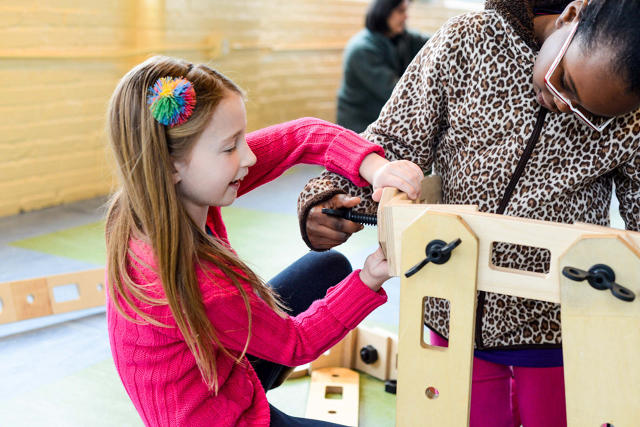
Let children imagine the story and design their own play.
definitely the right toy for a child is just not a toy in any respect but something that they’ve appropriated for play. Enter: sticks and rocks! creativeness transforms a stick into a magic wand, a sword, or a device to poke a useless thing. A rock turns into a automobile or a whale. because these discovered objects haven’t any assigned story (they’re “un-designed”), they shift identities as needed.
Later, the rock that used to be as soon as a automobile turns into a software to smash leaves when the play changes. This isn’t likely to occur with a toy automotive that has 4 wheels and a plastic physique. That automobile can simplest be a car. The stick that used to be in the past purported to be a sword and helped slay a dragon (a tree) will shift to develop into a superhero flying throughout the air with jet-sneakers. it will’t occur with a pre-outlined action figure. Superheroes have particular bodily characteristics which, along with the film, comedian ebook or television show plot, provides the story of how that toy will behave. In play these are the equivalent of instructions, limiting the potential for the child to invent the narrative.
I’ve spent time with Penny Wilson, an influential playworker in adventure playgrounds within the U.ok., staring at kids taking part in. She taught me the essential distinction between asking kids “What are you building?” and saying to them, “tell me about what you’re doing.” after we ask, ‘What are you building?’ it implies that: a) You will have to have a intention and be working toward a finished thing, i.e., play is linear; b) you might be supposed to be constructing one thing (kids’s working out of the built world is ceaselessly restricted to houses, so they’re confronted with both having achieved it improper, or they modify their vision to suit their perception of your expectation); c) you should be doing something which you could provide an explanation for to me.
We wish to keep away from all of those principles. So by using saying “tell me about this” we leave the door open to tales about what children are imagining, and they may be able to share challenges, discoveries about placing issues together, or any selection of issues about their expertise with their friends and faculty.
this straightforward semantic shift has influenced how I design for play. Giving youngsters less leaves room for them to make contributions extra. by means of permitting them to direct their very own play they boost habits of company, independence, and self-decision. Armed with these skills, they bounce in to determine who they are and will probably be on this planet, somewhat than ready for any person to hand them a model to follow. And in these days’s toy market, the models are driven by gender.
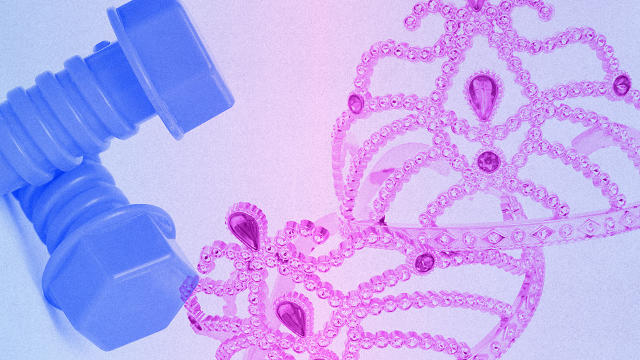
.
take into account that gender is socialized and reinforced via toys.
will we truly wish to have a purple model and a blue model of the identical toy? in most cases, the non-crimson toy is the original model, and the pink is the “woman” version. Calling something a woman toy implies the rest are for boys. within the interim, there are gross assumptions being made and socialized norms being shaped about what girls and boys want to play with. once we tell children which toys they will have to like, we are telling them who they should be. Some women like hiking bushes and building. Some boys like princesses. They want to play these roles with out feeling like they’re doing something improper.
folks tell me “however my woman likes crimson princesses.” maybe she intrinsically does. And possibly she used to be born right into a red blanket and spent her baby years surrounded by means of pink things and at each turn she’s proven princesses as the best woman. perhaps she doesn’t know that she has different choices.
This isn’t an argument towards purple toys. quite the opposite, I believe they resonate with some girls—and a few boys. simply as hammers must be given to ladies, princesses must be supplied to boys. the issue is the idea that there must be a “lady model” of a toy in order to draw her in.
In the same way that some girls prefer to build issues, climb timber, and poke dead issues, some boys want to play home, put on red, and avoid mud. Boys will have to be inspired to wear red tutus. girls must be inspired to use hammers. Performing gender, class, race, and careers is the start of studying empathy. more particularly, thru open-ended play they have got the agency to be aware their identity as their own to invent and define.
When kids have company of their play, they examine to have company in their lives. The directions we will have to provide to youngsters? Don’t watch for anyone to tell you who and what to be—soar in and determine it out.
[source pictures: hidesy/Bayanova Svetlana/c.byatt-norman by the use of Shutterstock]
quick company , read Full Story
(73)

